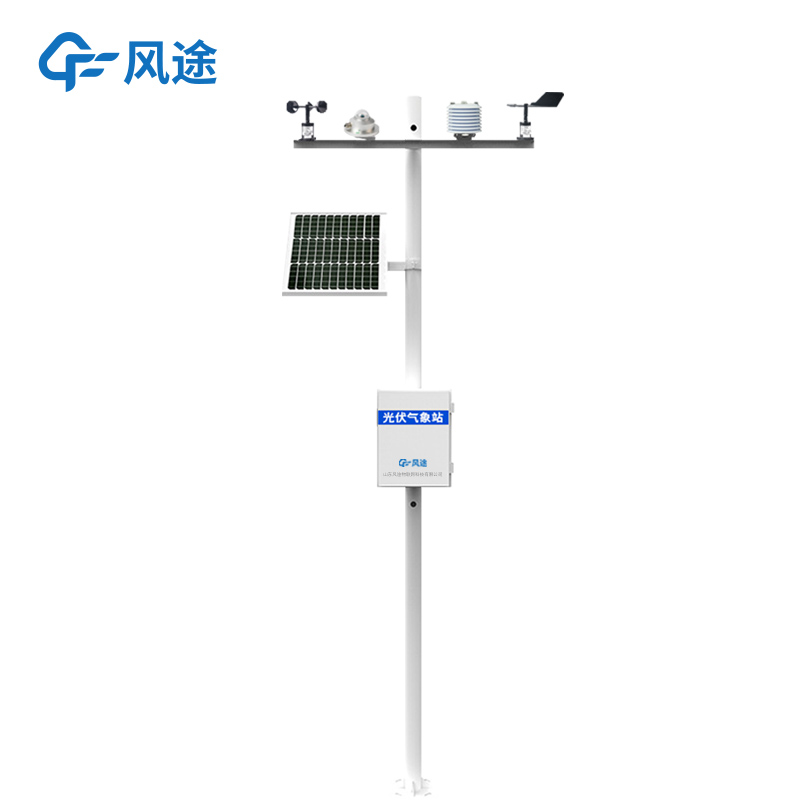Meteorological environment monitoring equipment supplier
Insist on doing high-precision customer favorite technology products
Commonly used equipment for solar photovoltaic monitoring includes Photovoltaic weather station, EL detector, I-V Curve Tracer, etc.
Among them, the Photovoltaic weather station is used to monitor the meteorological environment parameters around the solar photovoltaic power station, such as light intensity, temperature, humidity, wind speed, wind direction, etc. The EL detector is mainly used to detect whether there are hidden cracks, fragments, poor welding and other problems inside the photovoltaic modules. With this device, operation and maintenance personnel can promptly detect potential hazards of the photovoltaic modules and avoid a decrease in power generation due to module failures. The IV detector determines whether the performance of the photovoltaic module is normal by measuring the current-voltage characteristic curve of the photovoltaic module. It can help operation and maintenance personnel determine the maximum power point of the photovoltaic module and evaluate the power generation efficiency of the module.
Next, the editor will introduce in detail how these three kinds of instruments work.
First of all, the Photovoltaic weather station, the recommended model is FT-FGF11H. This device is specially designed for distributed photovoltaics and can accurately measure a variety of meteorological elements - wind speed, wind direction, average wind speed, temperature, humidity, air pressure, total thermoelectric radiation, daily cumulative total thermoelectric radiation, total cumulative total thermoelectric radiation, sunshine hours, and module temperature.
It adopts a 2m fixed I-shaped bracket, which does not require pre-embedding or expansion screws. It is powered by a 30W, 20AH solar power supply and outputs data through RS485.
Then there is the EL detector, the recommended model is FT-EL3. It has high imaging accuracy, which is particularly obvious in the detection of N-type half-cell modules. The large-capacity power supply it is equipped with meets the demand for long-term detection. It can image 1-2 groups of photovoltaic panels synchronously, and the detection is efficient. It is mainly used for the detection of photovoltaic power station modules after arrival and installation, as well as in scenarios such as warehouses, laboratories, and factories. It can also conduct multi-module string testing and identify more than a dozen defects such as hidden cracks and broken pieces.
The IV detector, the recommended model is FT-IV2. The voltage test can reach 1500V, and the current test is 20A. It can test 30kW photovoltaic modules and quickly detect key parameters such as open-circuit voltage and short-circuit current. The device adopts an integrated packaging technology, which is convenient to carry, has a clear interface, and can export data with one click. The detection of a single module or string can be completed within 10 seconds. It is equipped with a high-precision capacitive/resistive load, an irradiance meter module, and analysis software, which can clearly analyze the IV curve and can also perform continuous scanning.
